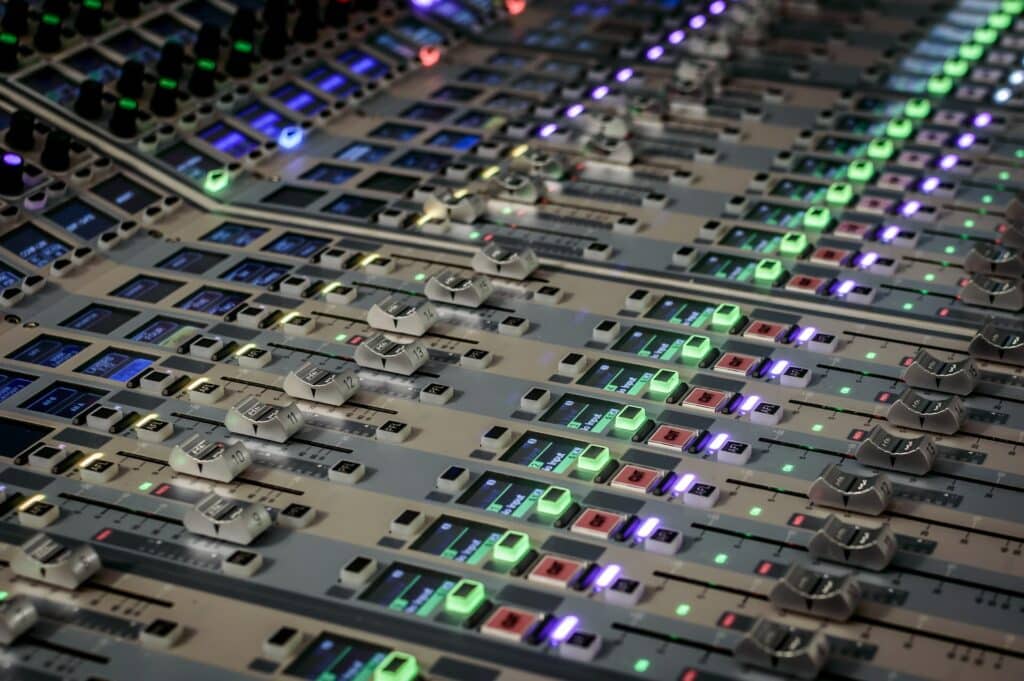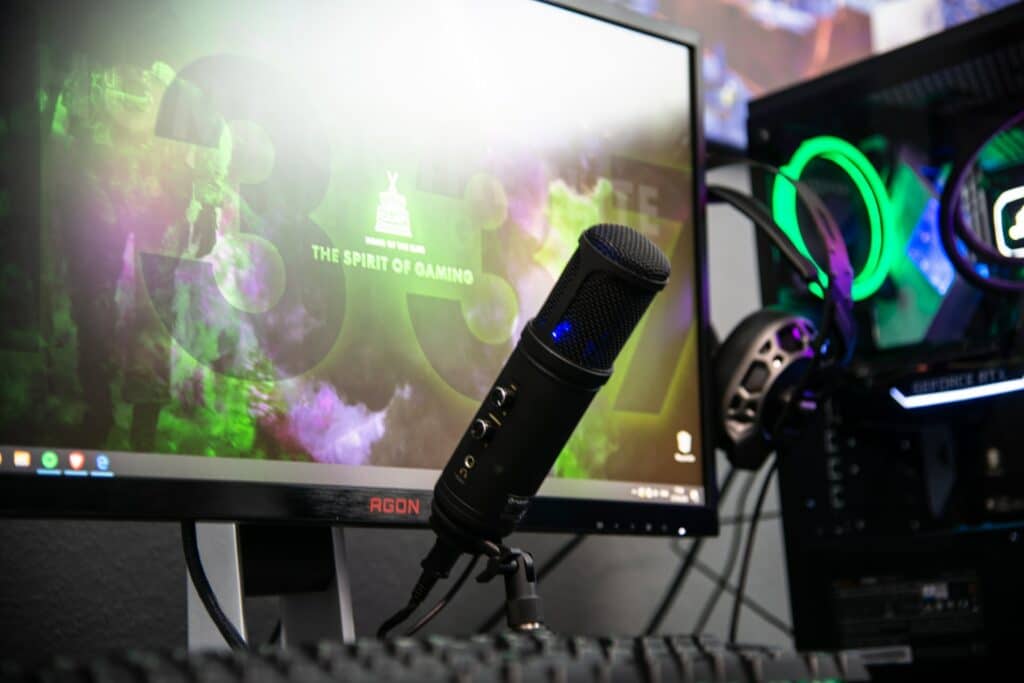The Best VSTs for Live Streaming
VSTs are a great tool for improving the overall production quality of your stream. A VST, or Virtual Studio Technology, is a digital interface that allows you to manipulate sound. In our case, we will discuss how you can use it to make your microphone sound better. Even better, they’re fully supported in XSplit Broadcaster so let’s run down some of the best VSTs for live streaming!
How to Set Up VSTs
Using VSTs with XSplit Broadcaster is easy. Go into your audio mixer, and click on the settings for your microphone to open the audio DSP effects. You’ll need to set the location where your VSTs are located. Usually, they’re in program files, common files, and in the VST3 folder. Refresh the list, then add your VSTs. The settings icon will open the interface for each VST.
We made a whole video on this, which you can watch below!
Using EQ VSTs for Live Streaming
The first VST you should use is an Equalizer or EQ. Basically, the EQ will be used to add or subtract specific frequencies that will improve the overall sound of your voice. This is what makes it one of the best VSTs for streaming.
First, apply a high pass filter around 70hz to remove any unwanted low frequencies like air conditioning. Then do the same for a low pass filter around 15khz. Then you’ll want to find the frequencies to remove. This differs from person to person, but you can start around the 1khz range and use a boosted bell curve until you find the frequency you want to remove.
Then you want to boost the frequencies you like, such as the 100-200 range to add more bass to your voice or 4000-5000 and 9-10k range to add more clarity to your voice. I’m using the Fabfilter Pro-Q3 EQ, which is paid but has a free trial. There are a ton of free EQ plugins that you can find.

Compressors
Compressors are always a tricky one to explain, but if you like to shout or whisper, they basically help your viewers hear you clearly. Essentially any compressor will have you set a threshold. This is the level your audio will need to hit to trigger the compressor. This will be the highs lower and the lows higher.
You then set a compression ratio. Safe ratios to start with are 2:1 or 3:1 for vocals. Then you’ll set an attack and release. You’ll want a fast attack and slightly slow release to start, and you can adjust these over time.
Finally, you’ll need to set the make up gain. This is to compensate for the overall loudness you’ve lost from compressing your audio. I wouldn’t set this too high, as this is something you can adjust with the following tool we’ll discuss. Again I’m using Fabfilter’s compressor, but there are a ton of free compressors available, including one built into XSplit Broadcaster itself.

Best Limiter VSTs For Live Streaming
Alright, so we all have hype moments when gaming. I mean, that’s the whole fun of streaming, right? However, nothing ruins the moment more than distorted, clipped audio. You can minimize this with a limiter. Unlike a compressor, a limiter focuses on higher audio levels. So you set a threshold right before the audio will clip, like -2 or -3 DB.
The limiter will then reduce the level anytime the audio hits that threshold, saving you from clipping. More advanced limiters will also allow you to raise your overall audio level, so you make sure you’re hitting levels where you are just barely triggering the limiter from time to time.
Now you can be confident you’ll have clear audio without worrying about clipping. And this is ultimately why you want to use the best VSTs for live streaming, so you never have to worry about audio! While there are many improvements you can make to overall sound quality, making sure you’re heard, and nothing breaks is the dream!
